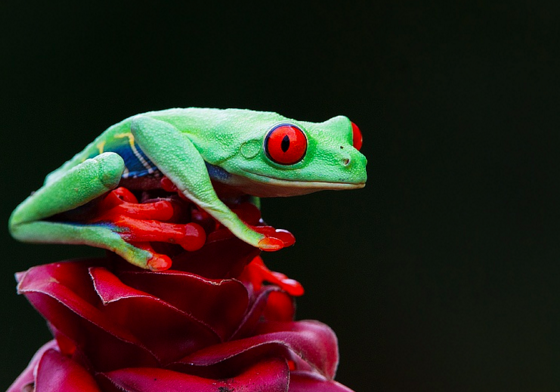1. The Daintree, Queensland, Australia
Famously known as the place where ‘the rainforest meets the Reef’, the Daintree, in North Queensland is home to one of the largest ranges of animals and plants on earth. Although it is wildly popular, you can still experience the indigenous atmosphere of the place.
2. Cloud forests of Ecuador
Mainland Ecuador has three general regions, Amazon, Sierra and Pacific Coast. Traveling up from the coast and over the Andes, you pass through an array of ecosystems. The cloud forests occur on both sides of the Andes (East and West) and contain incredible biodiversity, especially of birds.

















